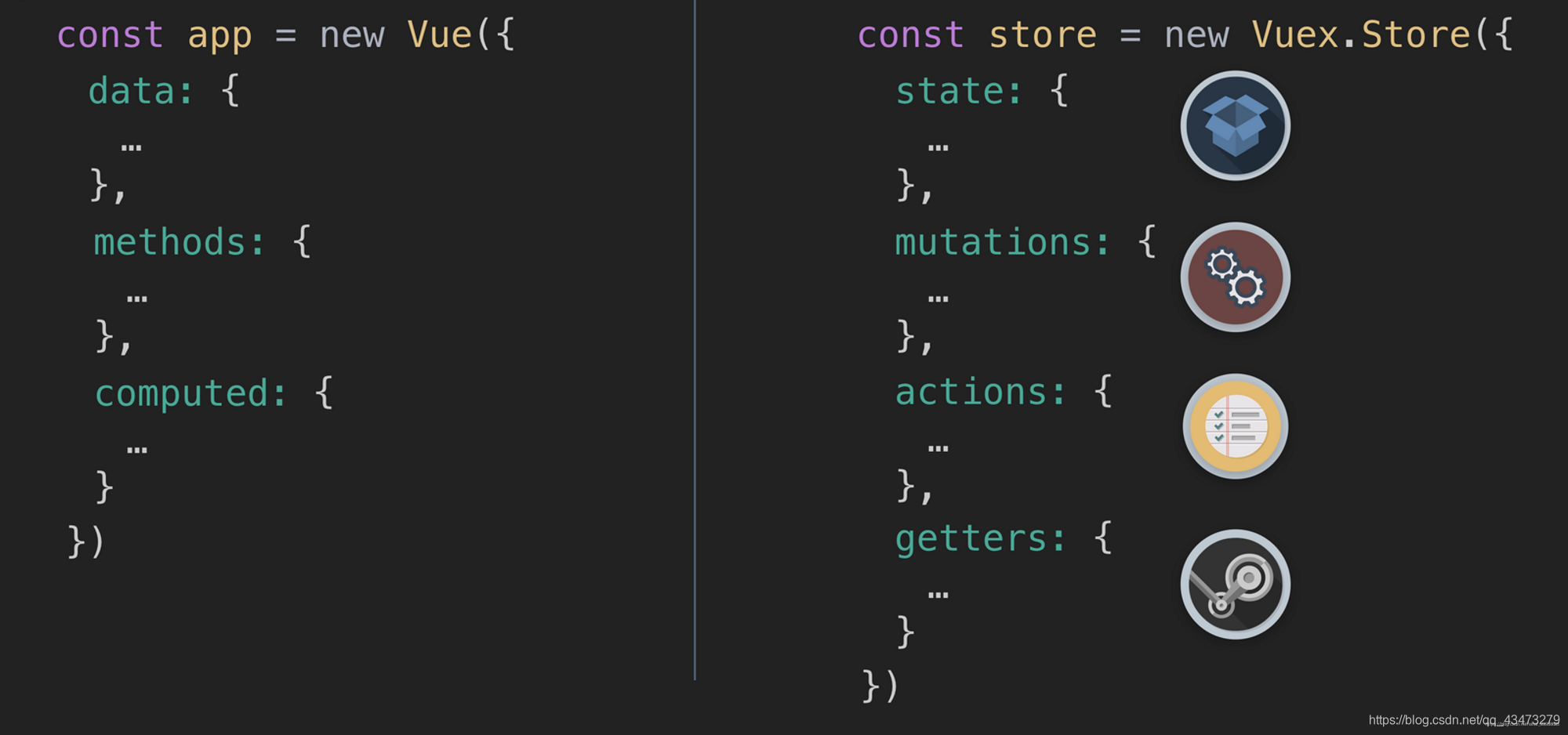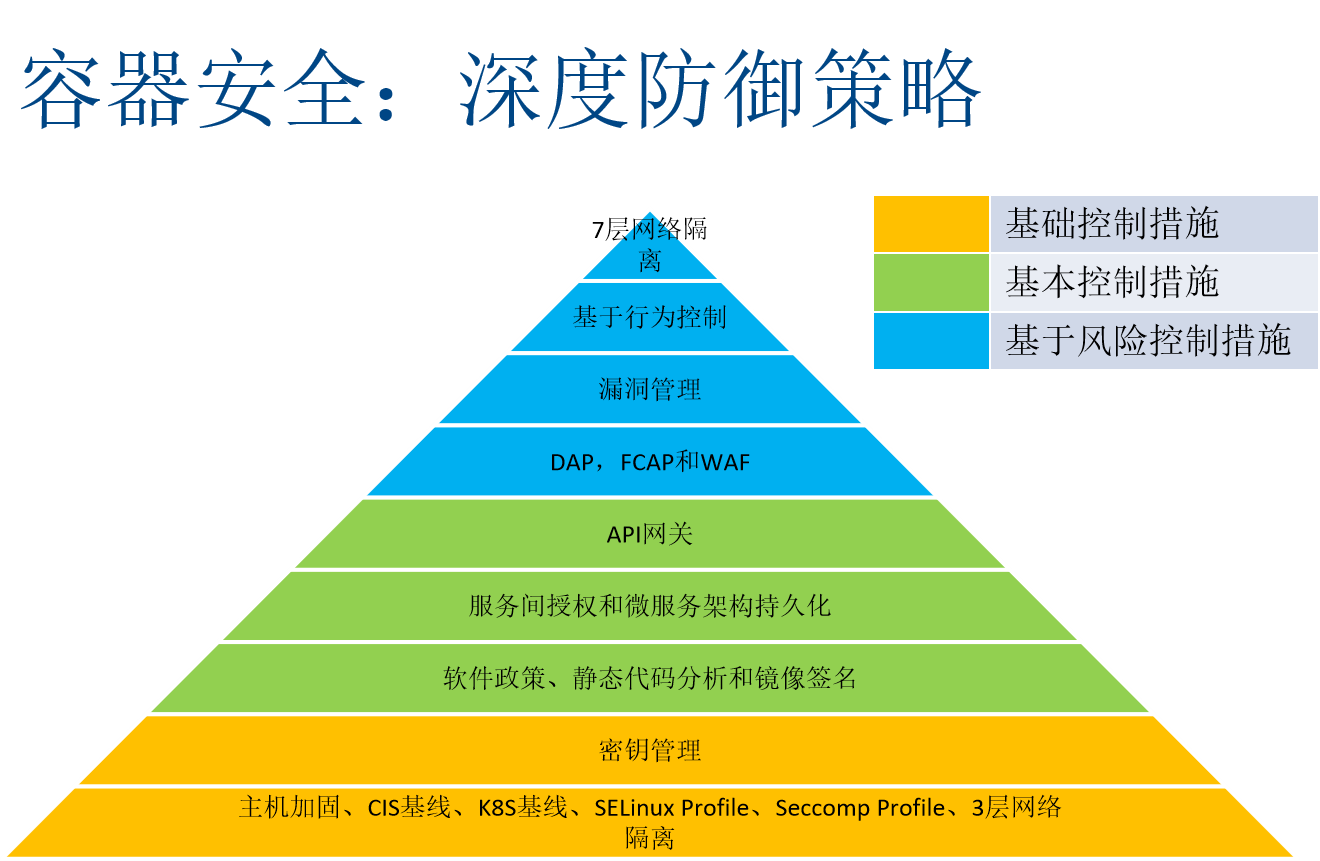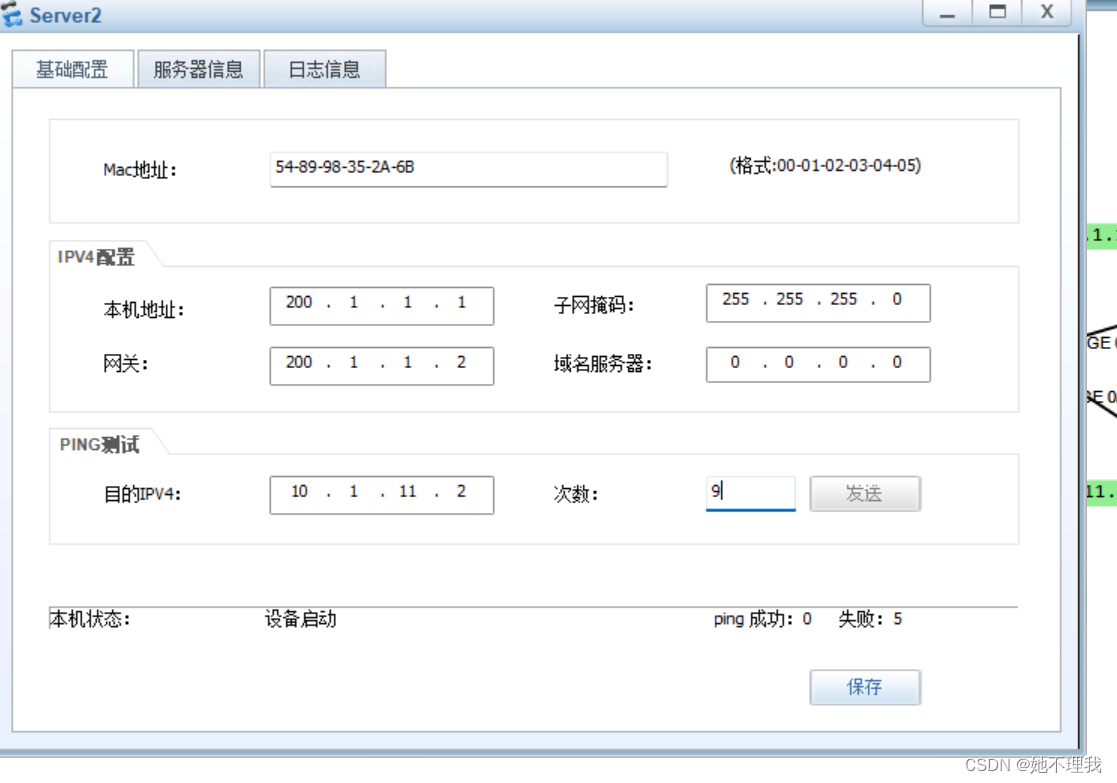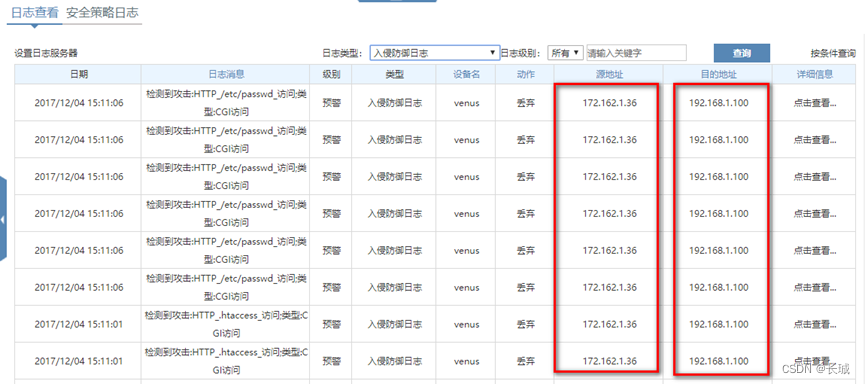1.vuex的作用
vuex是专门为Vuejs应用程序设计的状态管理工具。其实是集中的数据管理仓库。相当于数据库mongoDB等,任何组件都可以存取仓库中的数据。
vuex的组成部分:
- state:是存储的基本数据。
- mutations:提交更改数据。
- getter:对state加工,和computed计算属性一样。
- actions:处理异步,通过store.commit方法触发mutations中的方法,从而改变state值。
- module:是store分割的模块,每个模块拥有自己的state、mutations、getters、actions。
2.vuex流程和vue对比

vue中的data、methods、computed,可以实现响应式。
视图通过点击事件,触发methods中的方法,更改data的值,一旦数据发生变化,computed中的函数把数据能更新到视图。那么computed是如何更新的?其实就是vue的双向绑定原理了。
computed中的计算属性getter生成唯一的watcher—>访问computed中的方法时,会将Dep.target指向它的watcher–>在方法中访问this.。。。,会调用get方法,新增watcher到dep中—>设置时,会调用set方法触发dep.notify实现视图更新。
1.那vuex和vue的响应式例子有什么关系?
我们也可以通过vuex实现同样的功能。vuex中的四部分与vue的对应关系:
state--->data、mutations--->methods、getters--->computed、actions:为了处理异步,不能直接更新state,需要借助mutations。
2.dispatch、commit又是做什么的呢?
在vue中,我们触发点击事件,就能触发methods中的方法,这是vue设计好的。而在vuex中则不行了,一定要有个东西来触发才行。①通过dispatch可以触发可以触发actions中的方法,②actions中的commit可以触发mutations中的方法。从而实现state的更新。

vuex实现响应式的例子:
//store.js
const store = new Vuex.Store({state: {count: 0},//第三步:改变state值,state的值只能通过mutations来修改mutations: {increment(state) {state.count++}},//第二步:this.$store.commit("increment")触发mutations中函数"increment"actions: {increment({commit}) {commit("increment"); //this.$store.commit("increment")}},//第四步:通过getter中的方法来获取state值getters: {getCount(state) {return state.count}}})export default store
//App.vue
<template><div id="app"><button @click="increment">增加</button>{{this.$store.getters.getCount}}</div></template><script>export default {methods: {increment(){//第一步:this.$store.dispatch("increment")触发actions函数"increment"this.$store.dispatch("increment")}}}</script>
3.vuex的原理
vuex吸收了redux的各种优点,完美的结合了vue的响应式数据。那么它的原理是什么呢?
1.每一个vue的插件,都需要一个公开的install方法,vuex也不例外。
// src/store.js
export function install (_Vue) {if (Vue && _Vue === Vue) {return}Vue = _VueapplyMixin(Vue)//在所有组件的beforeCreate注入了设置this.$store这样的一个对象,//在任意组件中执行this.$store都能找到store对象
}
2.Vuex.Store的构造函数中,有一堆初始化以及resetStoreVM(this,state)整个vuex的关键。
// src/store.js
function resetStoreVM (store, state, hot) {// 省略无关代码Vue.config.silent = true//本质:将我们传入的state作为一个隐藏的vue组件的data//也就是说,我们的commit操作,本质上其实是修改这个组件的datastore._vm = new Vue({data: {$$state: state},computed})
}
//this.$store._vm.$data.$$state===this.$store.state
总结:
- vuex是针对vuejs的状态管理工具。vuex完美的结合了vue的响应式数据。
- vue可以直接触发methods中的方法,vuex不行。为了处理异步,当你触发一个点击事件时,会通过
dispatch来访问actions中的方法,actions中的commit会触发mutations中的方法从而修改state的值,通过getters来把数据反映到视图。 - vuex通过
Vue.use(vuex),从而调用install方法,通过applyMixin(Vue)在任意组件执行this.$store都能访问到store对象,实现将store挂载注入到组件中。 - vuex的state状态是响应式的,是借助vue的data是响应式,将state存入vue实例组件的data中。
- vuex的getters则是借助于vue的计算属性computed实现数据的实时监听。
4.mapState辅助函数
当一个组件需要获取多个状态时,将这些状态都声明为计算属性会有些重复和冗余。为了解决这个问题,可以使用mapState辅助函数来帮助我们生成计算属性。当映射的计算属性名称与state的子节点名称相同时,我们也可以给mapState传一个字符串数组。
computed: mapState([// 映射 this.count 为 store.state.count'count'
])// {count: 1}
//mapState返回的是一个对象,我们也可以使用对象展开符获取
computed: {...mapState(['selectedCard', 'count']), }
5.mapGetters辅助函数
mapGetters辅助函数仅仅是将store中的getter映射到局部计算属性:
import { mapGetters } from 'vuex'export default {// ...computed: {// 使用对象展开运算符将 getter 混入 computed 对象中...mapGetters(['doneTodosCount','anotherGetter',// ...])}
}
6. vuex namespaced的作用以及使用方式
1、vuex中的store分模块管理,需要在store的index.js中引入各个模块,为了解决不同模块命名冲突的问题,将不同模块的namespaced:true,之后在不同页面中引入getter、actions、mutations时,需要加上所属的模块名。
2、使用模块中的mutations、getters、actions时候,要加上模块名,例如使用commint执行mutations时
格式:模块名/模块中的mutations
1 this.$store.commit("userInfo/setUserInfo",userInfo)
3、获取属性时同样加上模块名
格式:store.state.模块名.模块属性
1 $store.state.userInfo.userName
参考文档:http://www.imooc.com/article/291242
https://www.jianshu.com/p/d95a7b8afa06
https://www.cnblogs.com/tg666/p/11532587.html


















